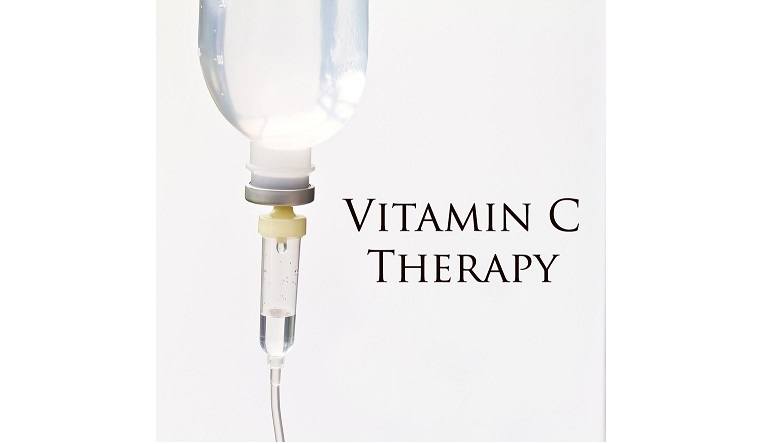Mega Vitamin C IV Therapy Being Used to Cure Sepsis and Flu Infections While Mainstream Medicine Opposes It
There's a doctor in Virginia who is trying to promote IV mega-dose vitamin C for intensive care units (ICU) by lecturing to ICU doctors throughout the nation. Dr. Paul Marik was the head of the Norfolk General Hospital's ICU. In January of 2016, out of desperation, he decided to try IV mega-dose vitamin C on a middle-aged woman dying from septic shock in his unit. His IV “cocktail” consisted of vitamin C, thiamine (vitamin B1), and hydrocortisone. Her turn-around and recovery were so unexpectedly rapid and complete that he continued using that cocktail for sepsis victims with a very high success rate. Septic shock is a common occurrence in ICUs, but can occur elsewhere and from different triggers. The mortality rate of septic shock victims is around 50 percent, but the numbers are more surprising. According to IV vitamin C advocate, Dr. Alpha "Berry" Fowler, an ICU head in another hospital, sepsis cases result in septic shock and 826 deaths per day in the USA. As usual, there’s resistance to Dr. Marik’s proselytizing for IV mega-dose vitamin C use on septic shock victims and Dr. Fowler’s research efforts to prove its efficacy and safety, ranging from conservative and official to disrespectful and vitriolic. One of the very few MDs who courageously applied Dr. Marik’s cocktails for sepsis to ICU patients successfully was compelled to quit when hospital surgeons raised concerns over the treatment.




